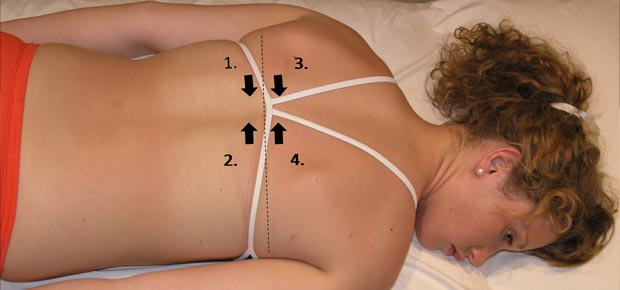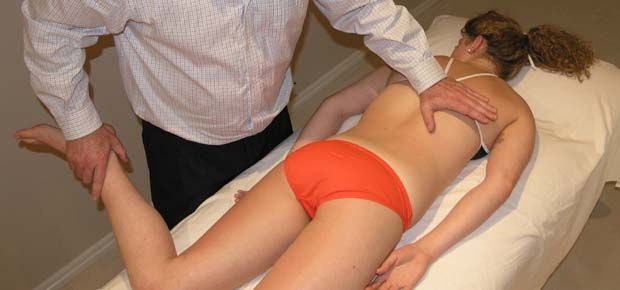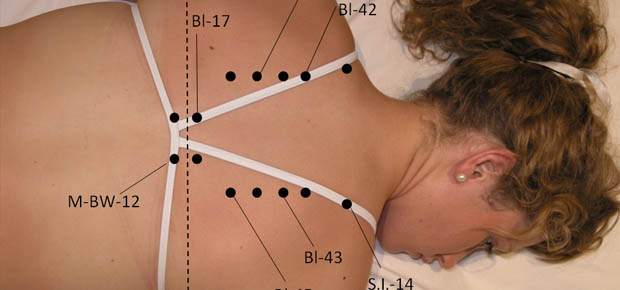Different Interpretations of Bowen’s Approach…
Following the passing of Thomas Ambrose Bowen on the 27th October 1982, each of Bowen’s students must have considered if and how they might share their ‘interpretation’ of his work with the world at large.
In 1986, Oswald Rentsch presented his interpretation of ‘The Bowen Technique’ in the form of a system of easy-to-learn ‘procedures’. Each procedure involved the application of a sequence of predetermined ‘moves’, each made over soft tissue at a specified location.
Rentsch taught his recipe-style approach enthusiastically to laypeople and health care professionals alike and within a few years the success of his teachings had established ‘Bowen Technique’ as a therapeutic modality in its own right. On the back of these ‘procedures’ an industry has developed and many schools now teach a derivative of this approach.
Yet Rentsch’s interpretation of Bowen’s method has not been received without criticism. Notably, it has failed to gain the support of Tom’s other students. In the foreword of A Textbook of Bowen Technique, Romney Smeeton states, “I am at odds with much of the current teachings of Bowen’s work, primarily because they lack a system of individual assessment and are nearly all based on a systematised use of standardised recipes and this was not Bowen’s approach”.
It may not have been Bowen’s approach but today it has become the standard for the profession….
THE GREAT MAJORITY of Bowen Therapists are STILL using a “recipe” style technique

Currently, the vast majority of Bowen therapists learn standardised procedures or “recipes” that form treatment protocols. These recipes are specific sequences of moves which are applied dogmatically for the treatment of particular areas of the body.
The Shoulder Procedure, for example, is a sequence of specified moves for the treatment of shoulder problems.
Other examples of commonly used recipes include the Elbow Procedure, the Knee Procedure and the Neck Procedure.
Tom Bowen did not use this approach

Incredibly, this situation exists in contrast to the approach that Bowen actually used in his practice. He certainly did not rely on standardised recipes!
Bowen made an individual assessment of each patient and the treatments he applied were then specifically tailored to individual needs.
There is an obvious inconsistency then between Bowen’s personal approach and the recipe system that is currently taught and practised in his name.
This disparity exists because the standardised recipes, which have been taught worldwide as a “pure” form of Bowen technique, are, in fact, only one individual’s personalised interpretation of the work he saw Bowen do.
Tom Bowen assessed each patient and then applied a uniquely targeted approach

Bowen spent but a few minutes with each patient (after all, he had to treat sixty five patients per day!) yet this gave him enough time to assess the patient, locate significant dysfunction and to apply a corrective intervention. This is why he was so successful.
Our goal is to enable the Bowen Therapist to assess each patient and to identify the specific site(s) to which therapy should be targeted

It is our desire to see the practitioner conduct an appropriate holistic assessment of the patient and then provide a treatment which targets the problem tissue.
This approach enables the Bowen therapist to develop a far deeper understanding of the body and the presenting conditions, and to significantly improve treatment results – not to mention following a clinical approach much closer to that which was practised by Bowen himself.
In “A Textbook of Bowen Technique” and in our seminars we present principles, theory and holistic assessment guidelines that enable the therapist to provide a treatment that is targeted to the specific needs of each patient.
If you’re looking for better clinical outcomes and a more professional approach to Bowen Therapy, you’re in the right place.